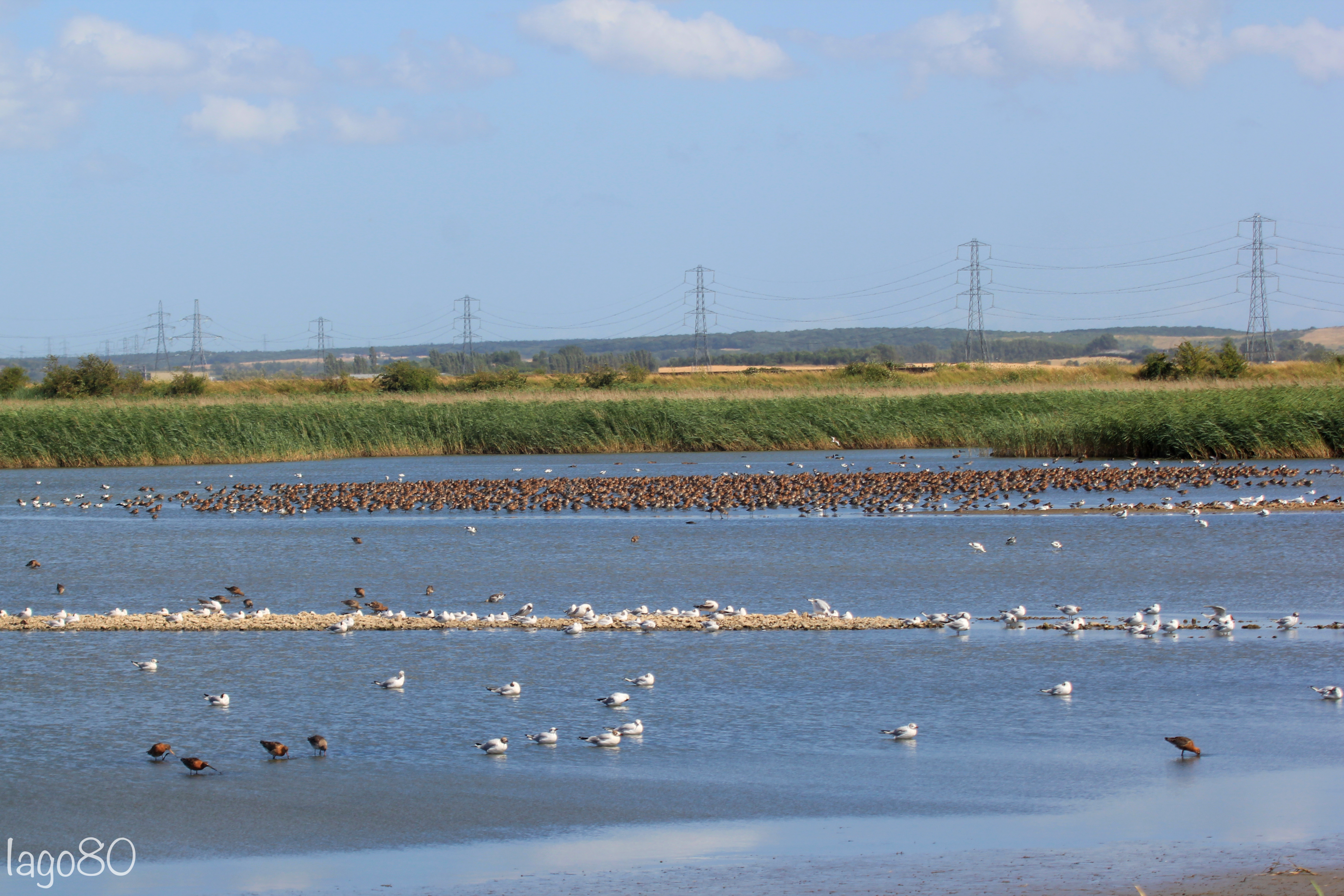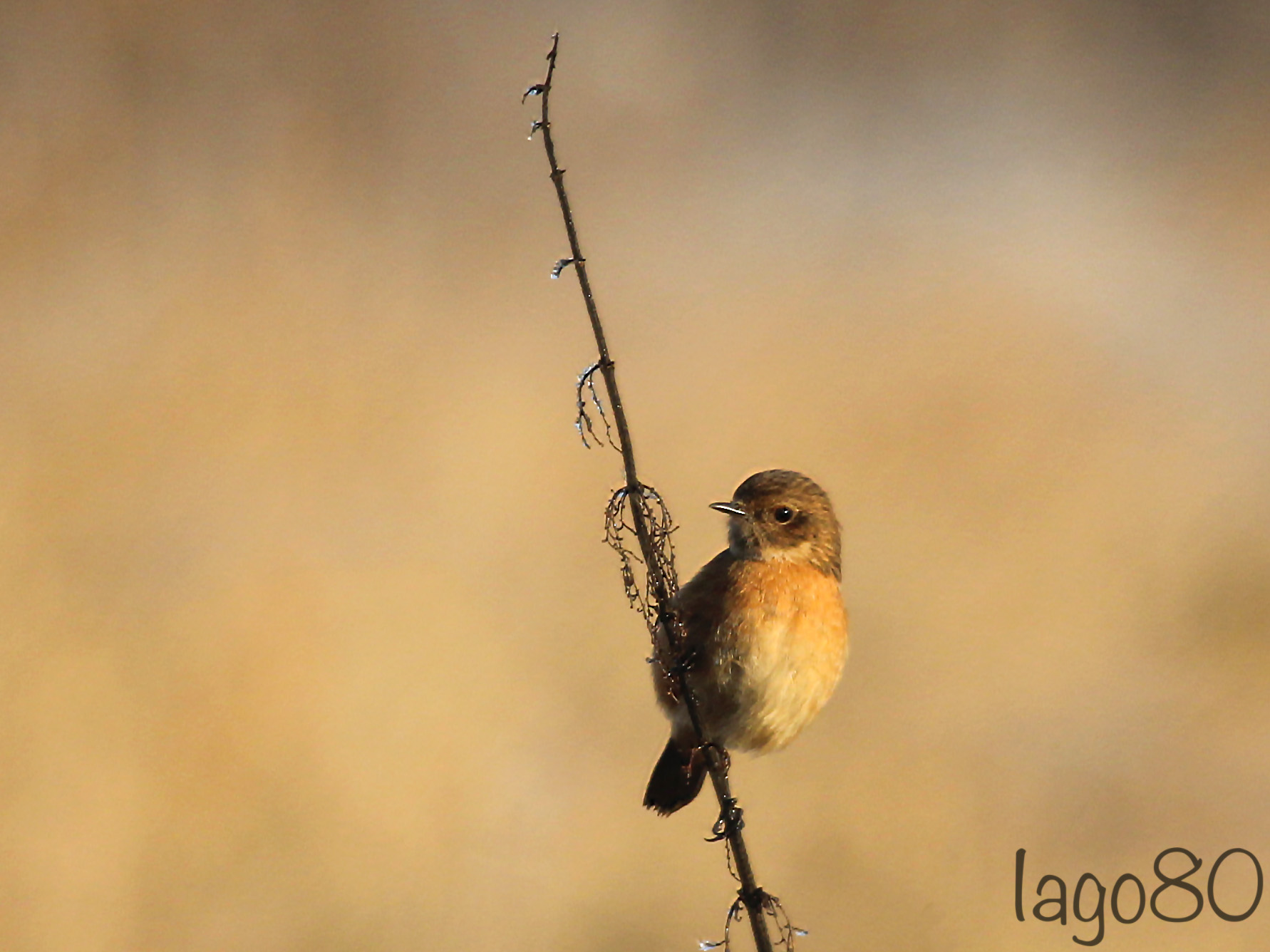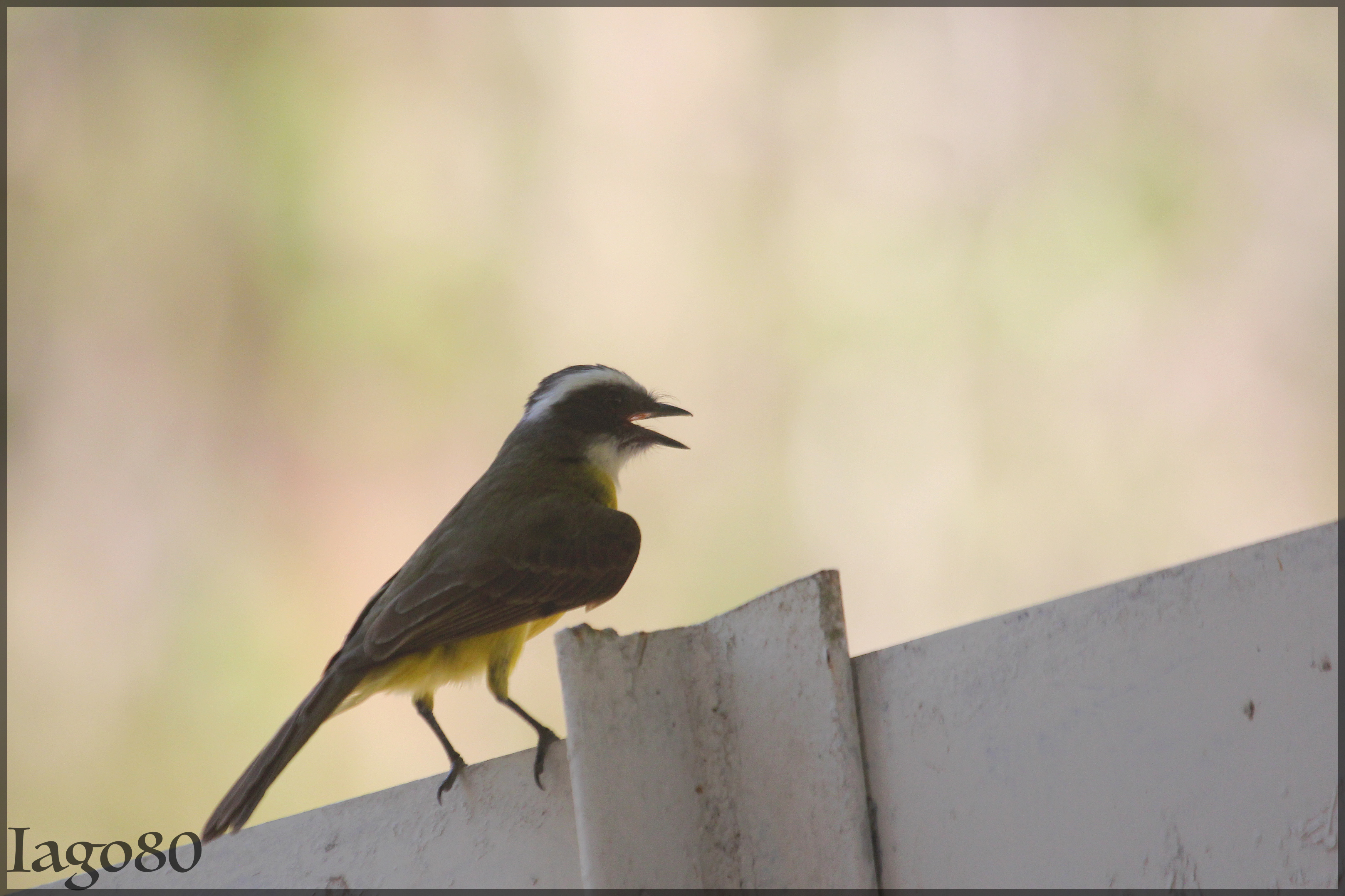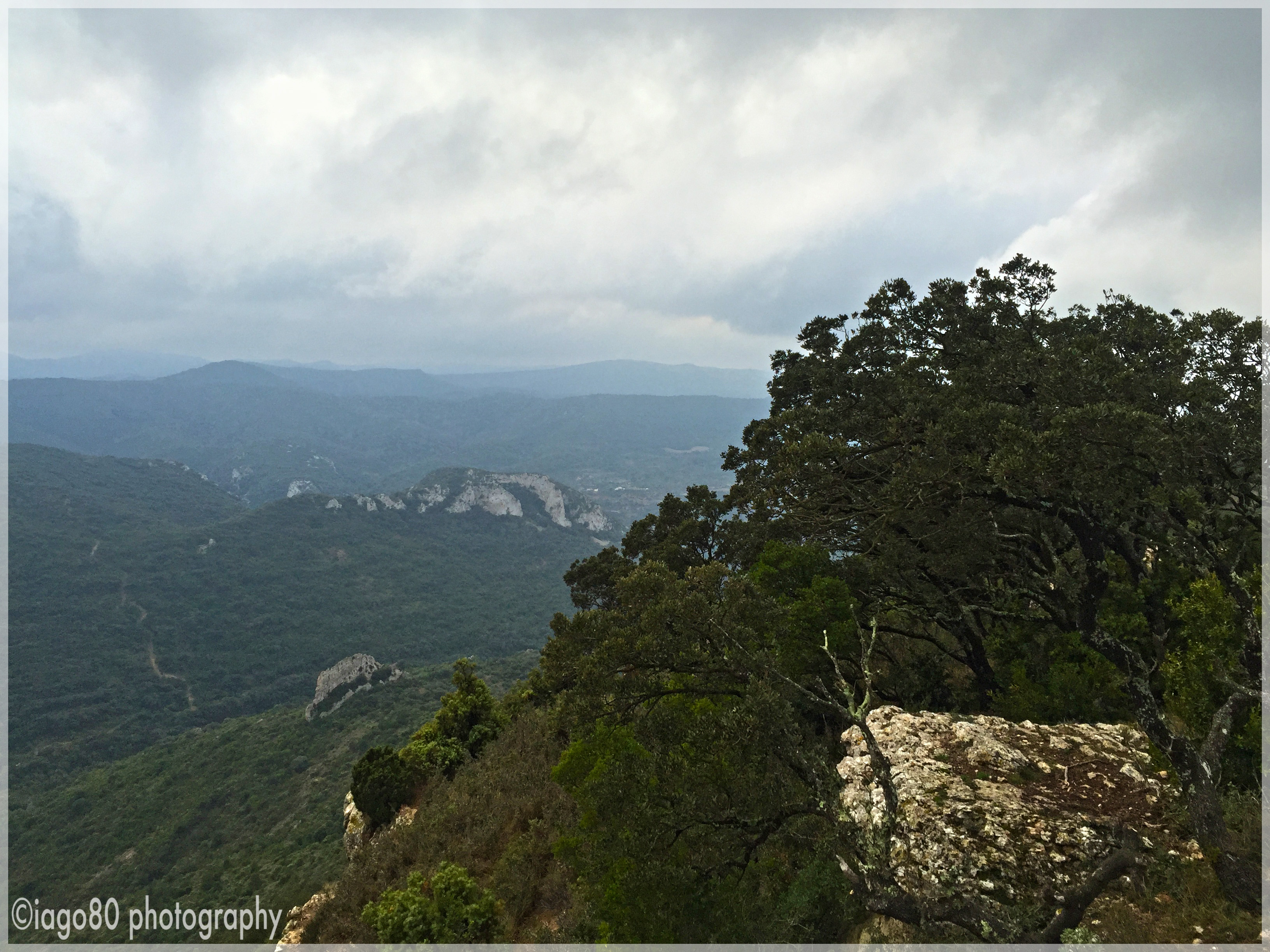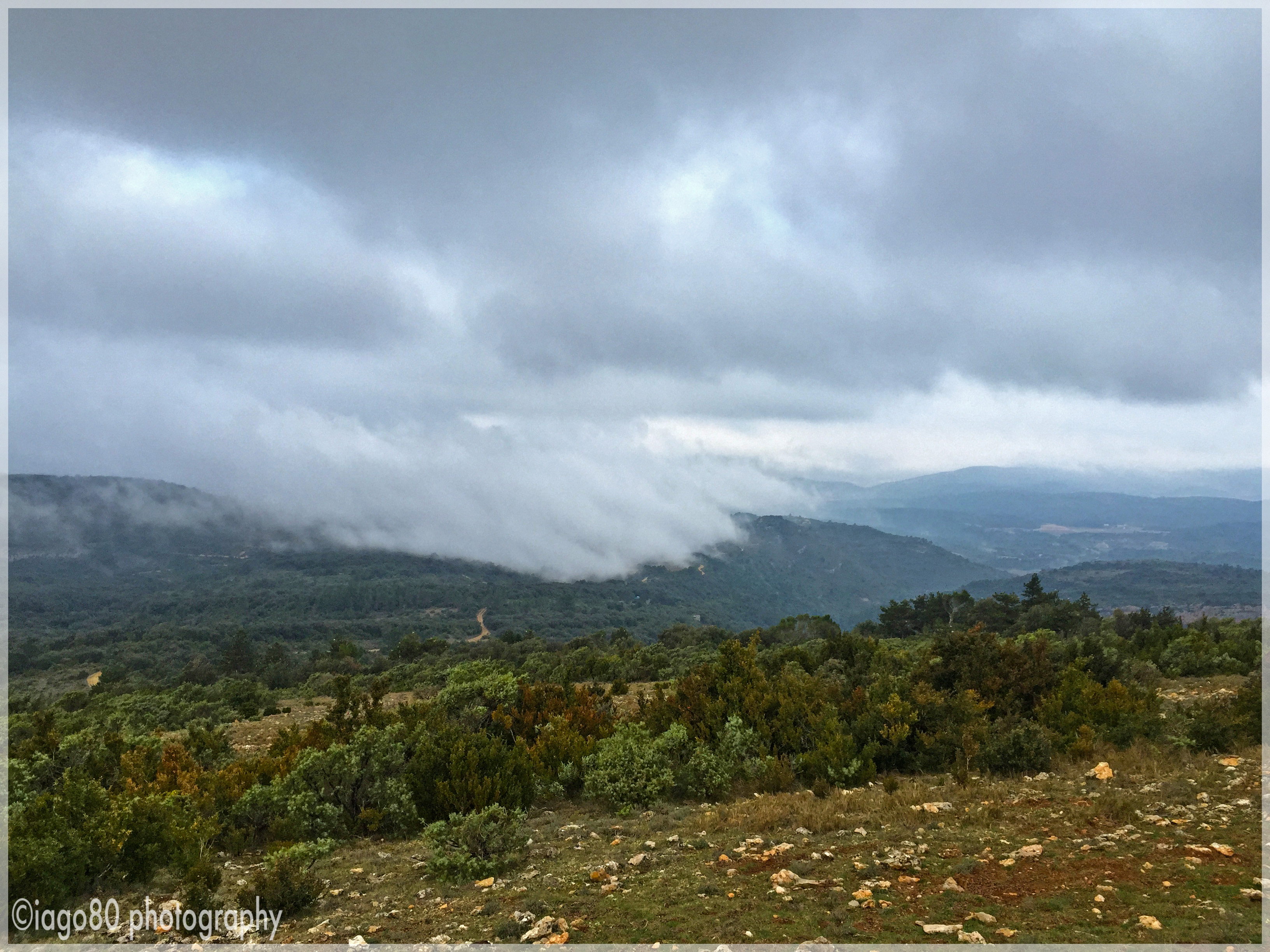This is a response to this, this and this. If my post is to make any real sense, it might be sensible to click the links and read them first. Off you pop!
The author of those blog posts, The Wanstead Birder (who occasionally goes by the name of Jonathan or Jono), is a fellow birder on my local patch. He can actually say ‘his’ patch with some authority as he was highly responsible for re-energising and organising the birding activity on the Wanstead Flats and Park. He is also one of my favourite bloggers and takes an okay photo too.
So, you can imagine I was somewhat alarmed when I read that Jono might be throwing in the towel on the whole blogging malarkey. I even pleaded with him (on a well known 140-character-limit social media site that rhymes with ‘titter’) to think of his fans and keep on putting fingers-to-keyboard.
As you will have read, Jono gives a number of reasons why he feels that blogging may be a dying medium and why he may quit. I can personally relate to several of them; most notably that I find it very difficult to find the time to blog.
But, I wanted to approach the issue from a slightly different angle, and set out why I think blogging and birding go hand-in-hand so well and, at the risk of being grandiloquent or hyperbolic, I think are actually an important combination.
A tribe called ‘birder’
Jono also recently lent me an excellent book…

Birders: Tales of a Tribe, Mark Cocker
Mark Cocker describes what makes a ‘birder’ and why we do what we do through a number of anecdotes and stories. Amongst the stories, he relates the role of the trusty notepad to a birder. Going out of fashion now in this digital age, the notepad used to be an essential item of kit for a birder, second only to binoculars: listing what you have seen and, in the days before common ownership of super-zoom lens cameras, noting down observations to be able to accurately record the sighting.
Now, spreadsheets hold the lists and twitter can be updated with what you see real-time. For more detailed observations, as well as capturing the experience in full (everything from the scenery, weather, the trials involved, and the emotion), blogs serve a wonderful purpose. Birding is about more than lists of birds, and a blog fills the space of those truly detailed notebooks and diaries with the added benefit of being able to be read widely by others as well.
A skill I have always been highly envious of is the ability to draw. I adore the sight of a notebook with detailed sketches of birds, or even just bits of birds adorned with pencilled notes about the relative length of primaries or the particular shape/size/colour of a supercilium. This is just not something I could do; my sketches would be so comically imprecise and childish to render them useless. Occasionally some of my record shot photographs are not much better (exhibit ‘a’ below taken today as an example), but photos do fill a gap and, I think bring a blog post alive.

This work of art is titled: ‘You wouldn’t catch Jono posting a pic like this’, or ‘Short-eared Owl (Asio flammeus)’, or ‘my 99th patch bird for the year, and patch tick’
Now imagine you can combine good photography, some semblance of wit in your storytelling, having enough variety of activity to record (maybe patch birding supplemented by plenty of interesting trips further afield, or even abroad), throw in some maps, some lists, some trivia or history, some personalities (etc etc) and you have a blog that works. It captures and records memories as well as any notebook, it allows others to share in the adventure and sometimes compare similar (or even the same) experiences – as with our recent find of a
Yellow-browed Warbler told on three separate blogs
here,
here, and
here. So, if you can imagine all of those elements done well, then you may well be imagining Jono’s
blog. Which is why I was concerned that he may be stopping, and why I hope he will reconsider.
Every birder has a different journey to make: are we twitchers, or diligent patch birders, or photographers, or conservationists, educationalists, ornithologists, ringers (hopefully not stringers), call recordists, travellers, artists, or do we just like a nice walk involving watching a few birds along the way? I am not at all sure yet what my journey will look like, what combination of this wonderful hobby I intend to make my own, but I am certainly enjoying the process of finding out. I share my attempts, my triumphs, my failures, my experiences, and my musings on this blog. This is the closest thing in my life to a form of creative expression.
And that is an important point that I know Jono has acknowledged: we write primarily for ourselves. This is my notebook. If others read and get any form of pleasure or utility from what I have written, then I see that as a bonus. At its best, as with our patch multi-author blog wansteadbirding, it can be a genuinely useful resource. Today Nick and I saw a Swallow fly over. I was immediately able to check when the latest sightings of swallows were seen over the past few years on the patch by bringing up his blog on my phone. We are all aware how the internet has been the greatest enterprise in mass information sharing ever attempted in history: blogs play a small, specialist, and personal part in that enterprise.
Just why?
Wildlife blogs are the medium through which the wild and the digital come together; a gateway to share and preserve what one has experienced outdoors.
Wanstead Flats and Park is our patch. It pales next to the parts of the world or even spots in the UK that are truly renowned for wildlife. It will not be the subject of a programme like ‘Springwatch’, or an Attenborough documentary, it will not have a dedicated periodical or newspaper column written about it, but it is recorded through the efforts of few people through some blogs that anyone can read. It is a green space in inner London that faces threats and challenges, but holds on to being one of the best birding sites in one of the best cities in the world. If it wasn’t for the encyclopaedic listing of life recorded on the patch found here, or the conservation efforts of a local group captured here, or the progress of the local birders found here, as well as the occasional offerings from the weekend contributors like Jono, Tony, and – if you will excuse my immodesty – me,… then, this place would not be known or understood anywhere near as well. Through social media, websites, and blogs we can let the world (or as much as might want to look) know what is happening and we can be, perhaps, better armed when threats to this habitat or others occur.
I am well aware that I didn’t answer Jono’s essay question, and I am also well aware of the many factors which make it difficult to keep a blog going. But I also worry that, at the moment, without the regularity of reporting through a blog (its great benefit, or curse, over a simple website), then places like Wanstead Flats could be far more easily forgotten or ignored. Maybe one day, some new medium, making an online blog seem as quaint as a paper notebook, will render sites like this one irrelevant, but until that day comes, I hope people like Jono (who really show people like me how it should be done) keep taking some time to tell the world what they are seeing and experiencing.





